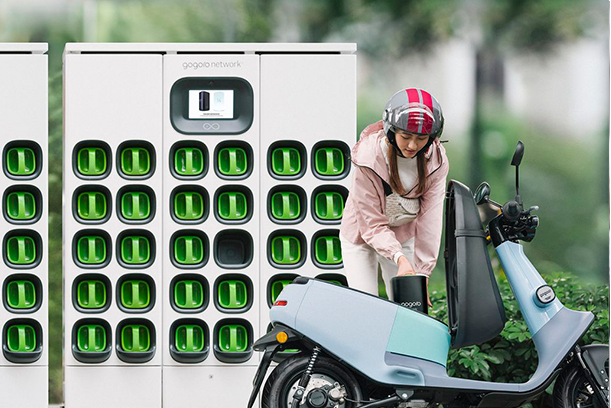LiFePO4 Batteries (LFP): The Future Of Vehicles
LiFePO4 Battery
Tesla’s 2021 Q3 report announced a transition to LiFePO4 batteries as the new standard in its vehicles. But what exactly are LiFePO4 batteries?
Introduction to LiFePO4 Batteries
A lithium iron phosphate (LFP) battery is a lithium-ion battery with faster charging and discharging rates. It is a rechargeable battery with LiFePO4 as a cathode and a graphitic carbon electrode with metallic backing as the anode.
LiFePO4 batteries have lower energy density than lithium-ion batteries and lower operating voltages. They have a low discharge rate with flat curves and are safer than Li-ion. These batteries are also known as Lithium iron phosphate batteries.
The Invention of LiFePO4 Batteries
LiFePO4 Batteries were invented by John B. Goodenough and Arumugam Manthiram. They were among the first to identify the materials used in lithium-ion batteries. Anode materials are not ideal for lithium-ion batteries due to their tendency for early short-circuiting.
Scientists found that cathode materials are better compared to lithium-ion battery cathodes. This is particularly noticeable in the LiFePO4 battery variants. They enhance stability and conductivity and improve a variety of other aspects.
These days, LiFePO4 batteries are found everywhere and have various applications, including use in boats, solar systems, and vehicles. LiFePO4 batteries are cobalt-free and less expensive than most alternatives. It is non-toxic and has a longer shelf life.

